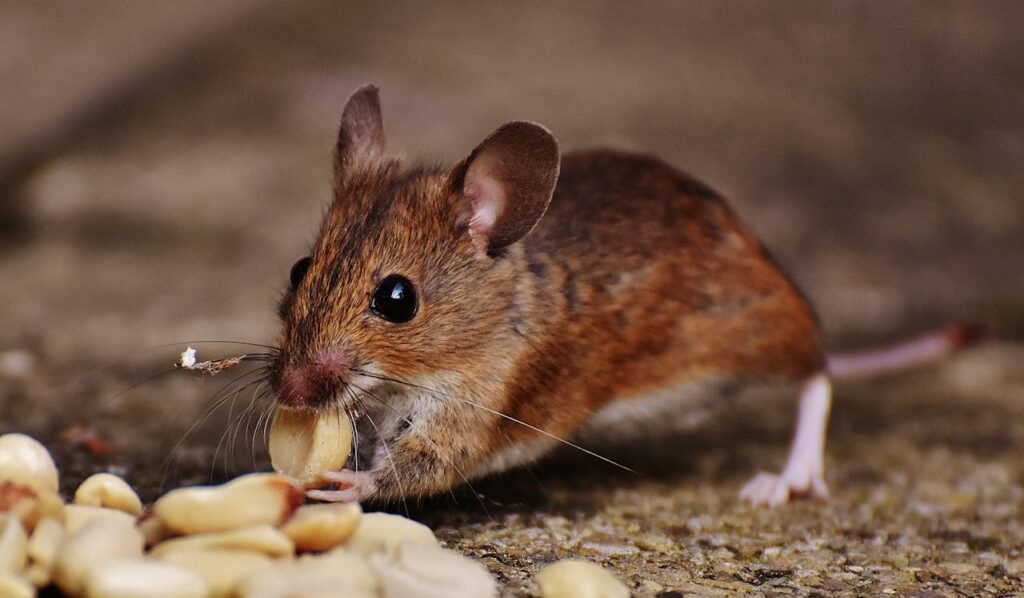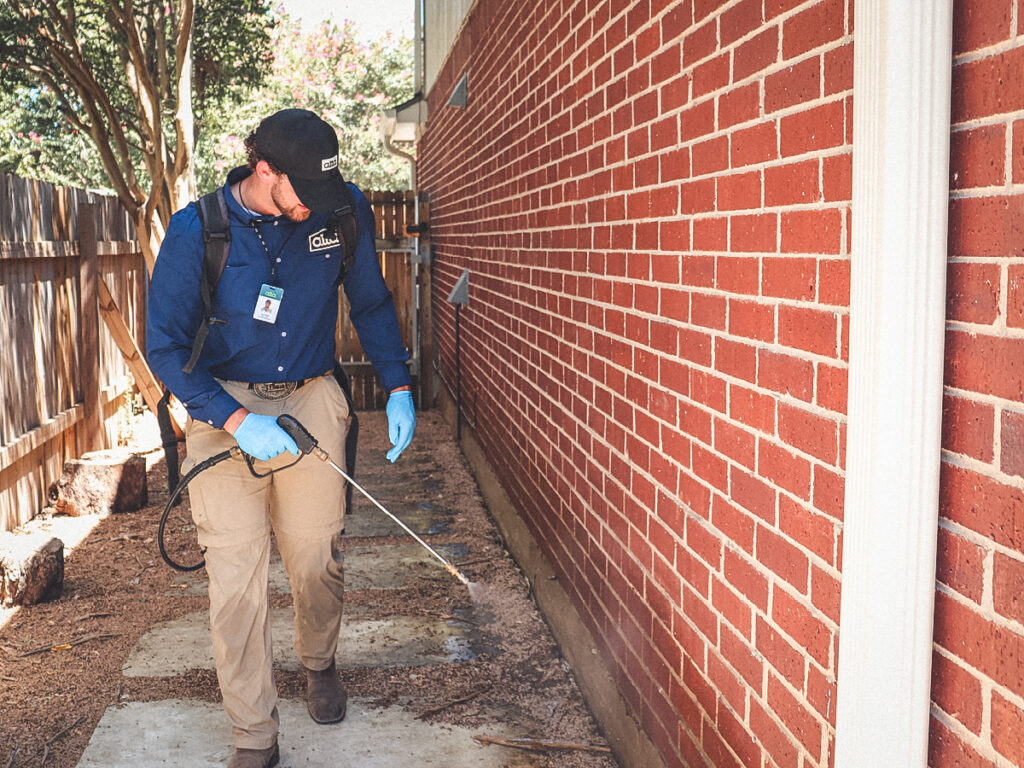Noticing droppings, hearing scratching noises, or catching a glimpse of a small rodent in your home can be alarming. Mice are more than just a nuisance. They can carry diseases through their waste and saliva, which can pose health risks to you and your family.
In addition to health concerns, mice can cause property damage. They chew on wood, insulation, and even electrical wiring, which in some cases can create fire hazards. Spotting their presence early and taking action to remove them is key to keeping both your home and your household safe.
How to Identify a Mouse Infestation

To tell if mice have entered your home, look for several clear signs. One of the most common indicators is mouse droppings, which often appear near areas where food is stored, such as cupboards, pantries, or under furniture. Fresh droppings are dark and moist, while older ones dry out and turn grey.
You may also notice small holes or gnaw marks on walls, cardboard, or food containers. Mice constantly chew on materials with their teeth, so damage in these areas is a strong sign of their activity.
Unusual noises like scratching, scurrying, or squeaking, especially at night, can indicate mice moving inside walls, ceilings, or hidden spaces. Another clue is a faint, musty odour from mouse urine and nesting materials. The smell can be hard to pinpoint, but it tends to get stronger with a larger infestation.
Your pets can sometimes help you detect mice as well. If they seem restless, barking, pawing, or staring at certain spots, it may be because they sense movements you cannot hear or see.
Mice also build nests using soft items such as shredded paper or insulation. Finding small clusters of these materials tucked into dark corners or behind appliances strongly indicates that mice have settled in your home.
Reasons Mice Come Into Your Home
Mice often come inside looking for warmth, especially when the weather gets colder. They are also attracted to places where food and water are easy to find. Even the smallest openings around foundations, vents, windows, or doors can give them a way in. Once indoors, they tend to hide in quiet spots like basements, attics, wall gaps, or behind furniture where they can stay out of sight.
How to Get Rid of Mice

1. Close Off All Possible Entrances
Mice can squeeze through openings as small as a quarter of an inch, so look closely for gaps around pipes, vents, and foundations. Seal them with sturdy materials like steel wool or caulk since mice can chew through plastic, rubber, or wood. Adding door sweeps and weather stripping helps block the spaces around doors and windows.
2. Place Mouse Traps Strategically
Using more than one trap improves your chances of catching mice. Depending on your comfort level, you can choose snap traps, electric traps, or live traps. Peanut butter and cheese work well as bait. Place the traps where mice are active but out of reach of kids and pets, and check or refresh them every few days.
3. Apply Natural Mouse Repellents
Mice dislike certain scents, such as cedarwood, cinnamon, eucalyptus, and peppermint. You can soak cotton balls in the oil and place them close to possible entry points, or you can combine these essential oils with water to create a spray for trouble spots.
4. Use Chemical Baits with Caution
Mice populations can be effectively managed with rodenticides when needed. Anticoagulant poisons cause rodents’ blood to clot improperly, which ultimately leads to their extinction. Chlorophacinone, diphacinone, and warfarin are examples of common active ingredients. Pay close attention to the label’s instructions to ensure safety, especially if you have kids or pets at home.
5. Consult a Pest Control Expert
If your efforts don’t solve the problem, it may be time to seek expert help. Professionals like Alta Pest Control can find the source of the infestation and apply the safest, most effective methods for your situation. This is especially valuable if you live in an apartment building or if mice keep coming back after treatment. With their experience, you’re more likely to get a thorough and lasting solution.
How to Keep Mice from Returning
Seal all gaps around your house to prevent mice from returning. Food for humans and pets should be kept in airtight containers to prevent easy access. Clear away clutter and debris frequently to prevent mice from hiding or building a nest.
Keep your yard in good condition by putting compost piles and bird feeders far from the house and pruning plants away from it. Mice are less likely to return if your area is kept neat and orderly.
Final Take
Dealing with mice can feel overwhelming, but the good news is that it’s manageable with the right steps. Acting quickly makes a big difference, whether that means sealing entry points, setting traps, or trying natural deterrents. For tougher cases, calling in experts like Altapest Control ensures you get a safe and lasting solution. By staying proactive and keeping your home clean and secure, you can protect both your family and your property from future infestations.
Share article:
